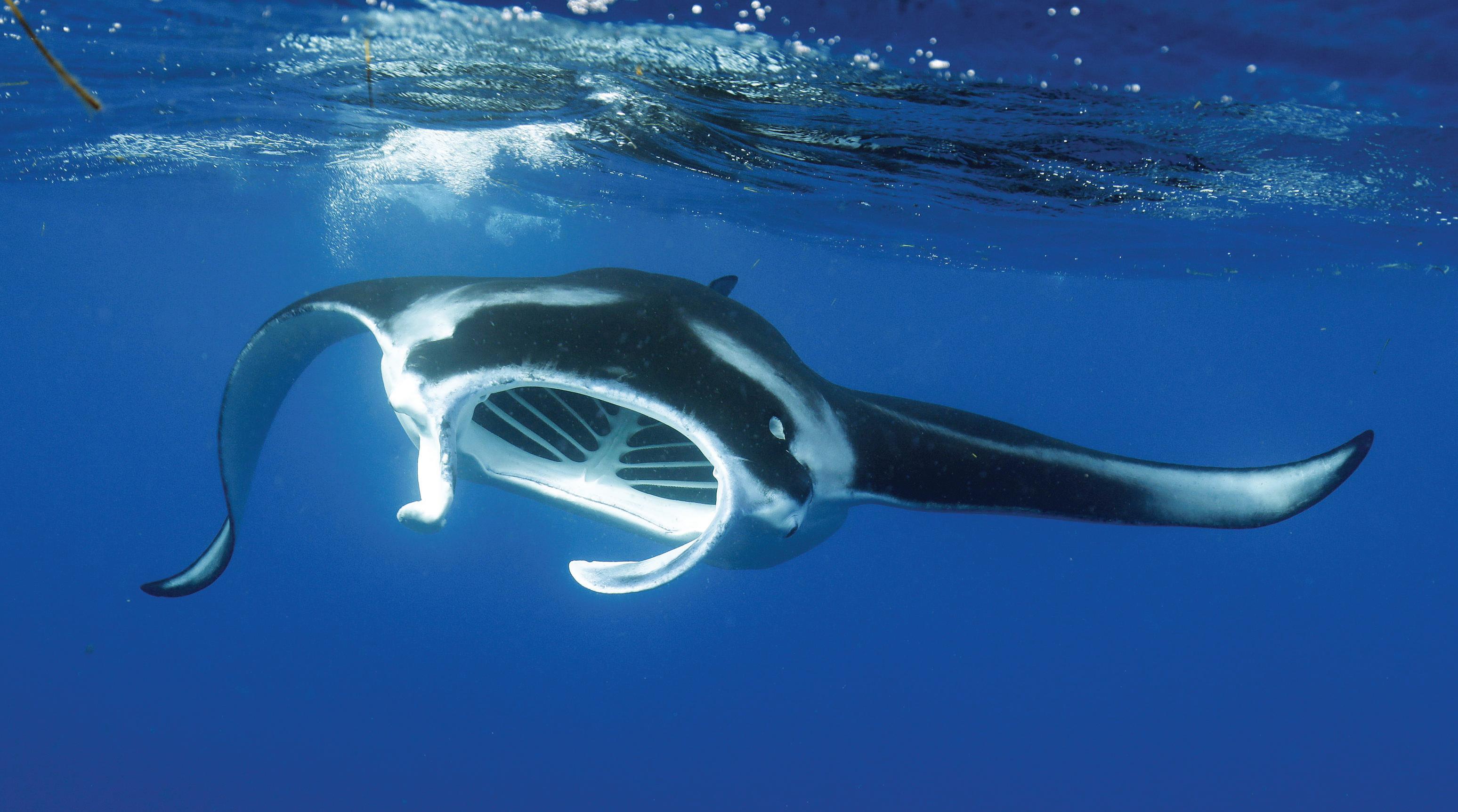
1 minute read
marine conservation progress in East Africa
IFAW’s marine conservation program in East Africa is taking shape. A meeting in 2022 to plan the program’s strategy established the following outcomes and objectives for the year 2030: goal targeted key marine species populations and habitats along the African coast in the Western Indian Ocean are stable/increasing, protected and connected by 2030.
Objectives
Advertisement
1. Well-designed and effective marine protected areas are in place locally, nationally and regionally.
2. Sufficient enforcement of illegal take and methods are implemented.
3. Communities have diversified livelihoods with alternative options to unsustainable/illegal fishing, reducing poverty levels.
4. Marine debris waste management is in place and sustainable.
The geographic scope of the program will cover the Western Indian Ocean (WIO) region, spanning the coasts of Somalia (possibly), Kenya, Tanzania, Mozambique and South Africa. The program will enhance the protection of marine megafauna species and the connectivity of their habitats in the WIO region. IFAW’s interventions will start from the coast of Kenya and cascade to the WIO region. In Kenya, the first area where IFAW will engage is the 256-kilometre coastline of Kilifi County.
Governments in the region have embraced co-management of marine resources through legislation such as The Fisheries Management and Development Act no. 35 of 2016 in Kenya. The legislation provides for the establishment of community-managed marine protected areas (MPAs). These are key in providing adequate range space for marine megafauna species such as sea turtles, marine mammals, sharks and rays. This will be achieved by building the technical capacity of community members and government agency personnel, supporting MPA operations, scientific research, policy advocacy and diversifying and enhancing livelihood options for local communities.
The planning and strategy meeting brought together an IFAW team including the Director for Marine Conservation, Sharon Livermore; Director for Africa, James Isiche; Director for Community Engagement, John Kogada; Head of Programs, East Africa, Maurice Nyaligu; Program Officer, Marine Conservation, Lillian Mulupi, and MEL Data Specialist, Amber Devereson.
Other stakeholders at the meeting included the Kenya Wildlife Service (KWS), Department of Fisheries, County Government of Kilifi, Oceans Alive Trust and Bahari Hai Community Based Organization (CBO). They highlighted marine conservation gaps and challenges that they face, including an inadequate number of personnel in government agencies, limited technical capacity, inadequate field equipment and supplies and limited alternative livelihood options for local communities.










